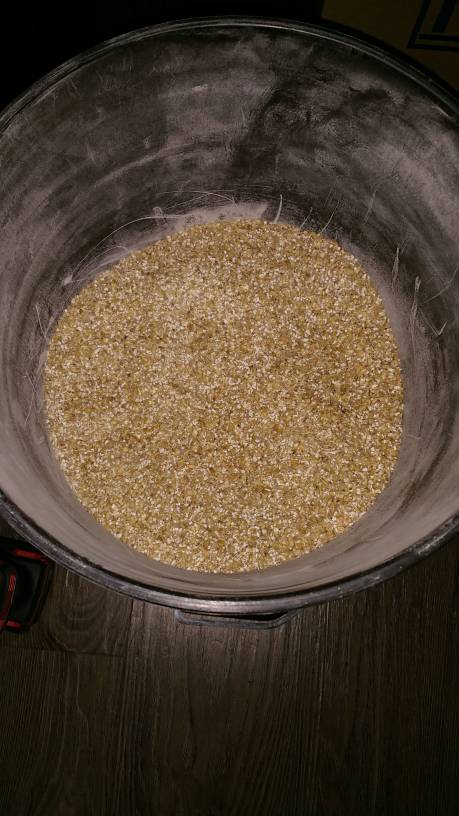Smellyglove
Well-Known Member
- Joined
- May 17, 2013
- Messages
- 2,807
- Reaction score
- 807
I'll just throw my two cents worth in here. Concerning controlling pump flow: I find controlling pump speed to be much easier than trying to adjust a valve. A digital readout makes it simple to make fine adjustments or to repeat a setting another day. The typical ball valves we use are just not well suited to anything other than full open or shut.
You can get the type of blichmann valves which they have on the G2-kettles online. They are easier, especially since you can mark them way more easy than a ball valve with a handle. But the line needs to be full. If you throttle back to much on them they will stop if the hose is above the valve at some point.

























![Craft A Brew - Safale S-04 Dry Yeast - Fermentis - English Ale Dry Yeast - For English and American Ales and Hard Apple Ciders - Ingredients for Home Brewing - Beer Making Supplies - [1 Pack]](https://m.media-amazon.com/images/I/41fVGNh6JfL._SL500_.jpg)


































